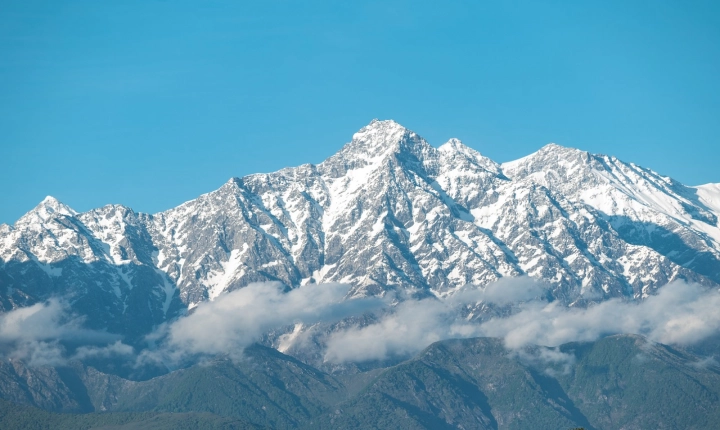Creating a Galaxy Effect in Adobe Illustrator
Adobe Illustrator is a powerful tool for creating stunning digital artwork. One popular effect that can be achieved in Illustrator is the galaxy effect, which gives the appearance of a beautiful, starry night sky. In this article, we will explore how to create a galaxy effect in Illustrator using various tools and techniques.
Step 1: Set up the Document
First, open a new document in Adobe Illustrator. For this tutorial, we will use a square canvas with dimensions of 1000×1000 pixels. You can adjust the canvas size according to your preference.
Step 2: Create the Background
Next, select the Rectangle Tool (M) to create a shape that covers the entire canvas. Choose a dark color for the background, such as deep blue or black. This will serve as the base for our galaxy effect.
Step 3: Add Cosmic Dust and Stars
To create the appearance of cosmic dust and stars, we will use the Scatter Brush tool. Select the Ellipse Tool (L) and draw small circles of varying sizes across the canvas. Use colors such as white, light blue, and purple to mimic the colors found in a galaxy. Once you have drawn several circles, select them all and go to the Brushes panel. Click “New Brush” and select “Scatter Brush”. Adjust the settings such as size, spacing, and rotation to create a natural scattered effect.
Step 4: Create Nebulae
To add depth and complexity to the galaxy effect, we will create nebulae using the Gradient Mesh tool. First, draw irregular shapes using the Pen Tool (P) to represent nebulae. Then, go to Object > Create Gradient Mesh and adjust the number of rows and columns to create more anchor points within the shape. Apply a gradient fill with colors such as pink, purple, and blue to add a translucent, cloud-like effect. Experiment with different shapes and colors to create a variety of nebulae across the canvas.
Step 5: Add Glow and Highlights
To enhance the luminosity of the galaxy effect, use the Gaussian Blur effect to create a soft glow around the stars and nebulae. Select the shapes representing stars and cosmic dust, and apply a Gaussian Blur effect with a small radius to create a subtle glow. Additionally, use the Pen Tool to add thin white lines to represent starlight and highlights, giving the galaxy a more dynamic appearance.
Step 6: Final Touches
Finally, add any additional elements such as shooting stars, planets, or distant galaxies to further enhance the overall effect. Experiment with different blend modes and opacities to create a more realistic and mesmerizing galaxy effect in Adobe Illustrator.
In conclusion, Adobe Illustrator provides a versatile platform for creating a variety of visual effects, including the mesmerizing galaxy effect. With the use of various tools and techniques such as Scatter Brush, Gradient Mesh, and Gaussian Blur, it is possible to create stunning digital artwork that captures the beauty of the cosmos. By following the steps outlined in this tutorial, you can unleash your creativity and produce captivating galaxy-themed illustrations in Adobe Illustrator.
